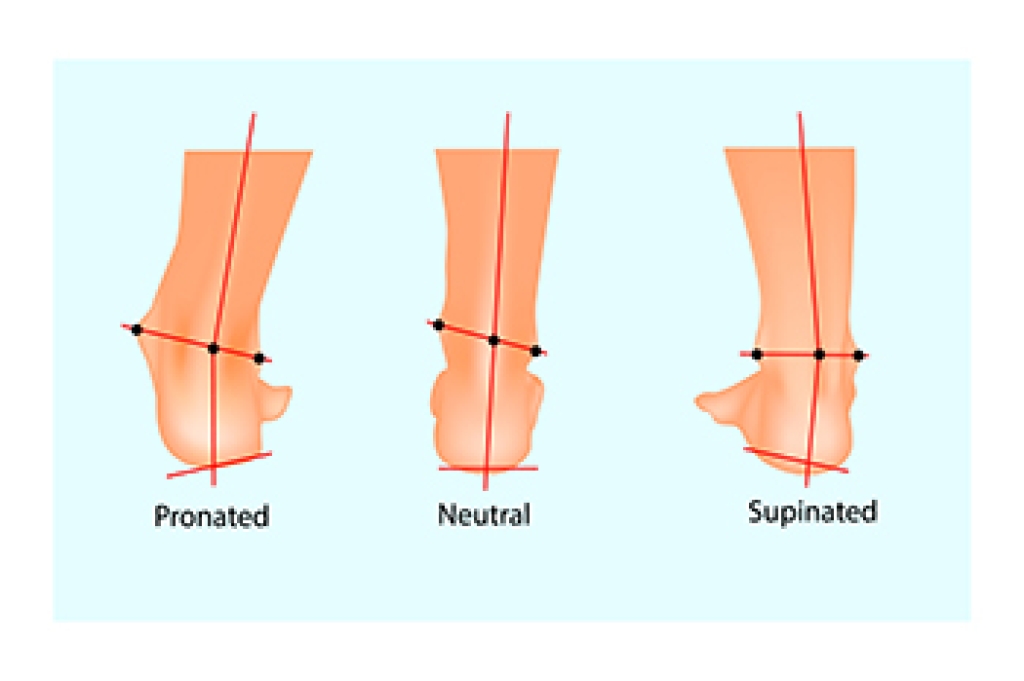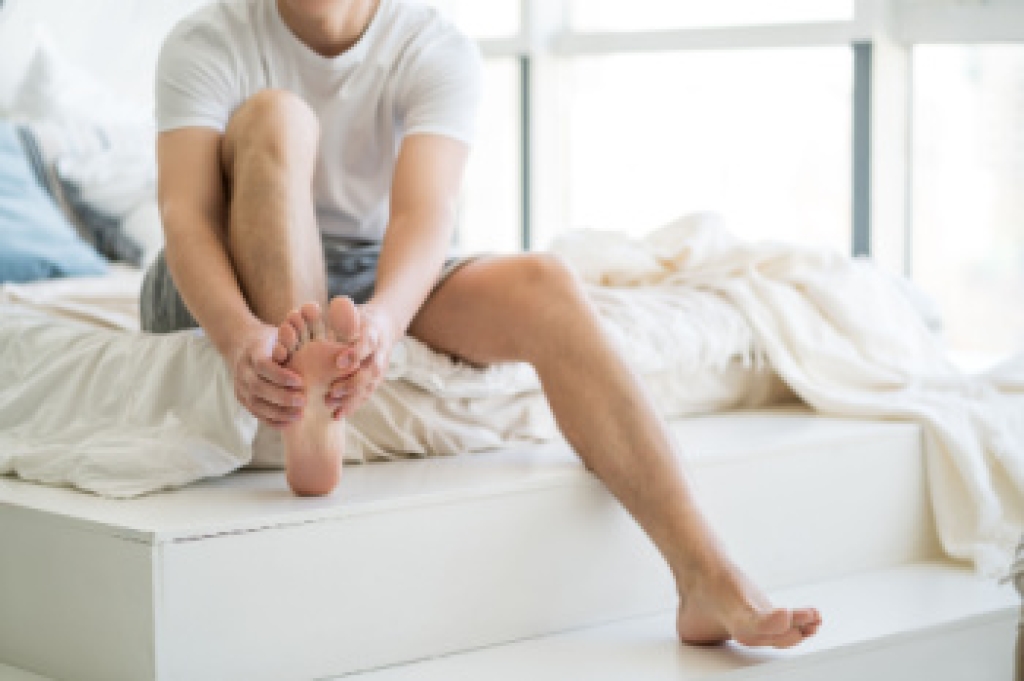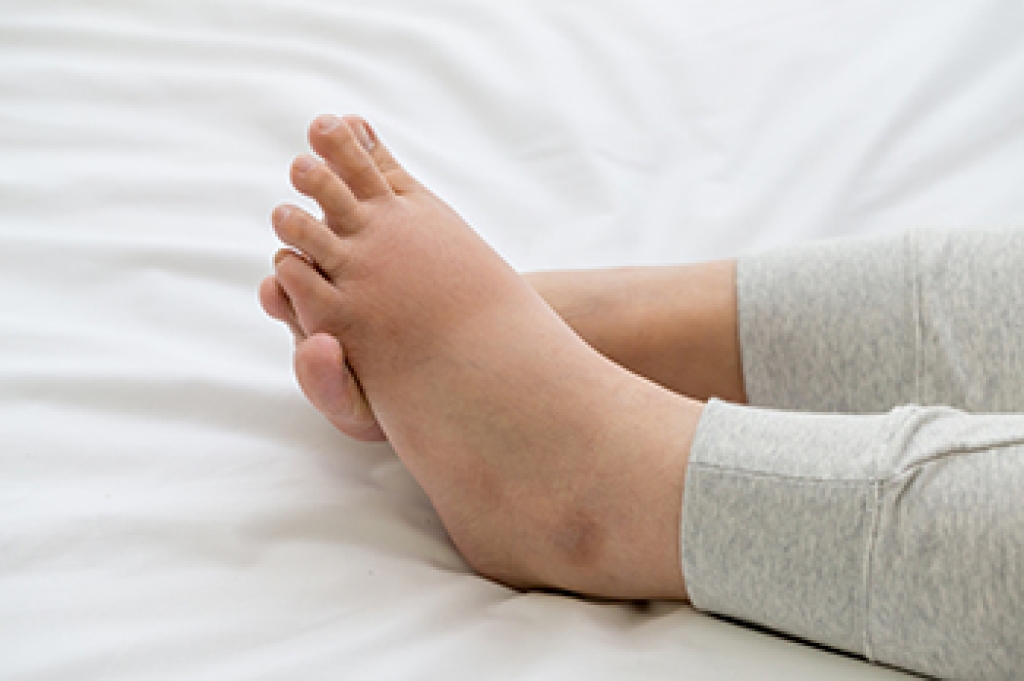
Supination describes how the foot rolls during walking when weight stays toward the outer edge, causing the sole to turn inward instead of flattening evenly. During a step, some supination is expected at heel contact and push-off, but excessive motion can strain the feet and ankles. People with higher, rigid arches often place more pressure on the heel and outer toes, which can lead to ankle instability, calluses, overall discomfort, and uneven stress. A podiatrist can evaluate foot structure, arch height, and wear patterns on shoes to determine how supination affects gait. Treatment focuses on improving alignment and shock absorption through footwear guidance, custom orthotics, and monitoring whether surgery is needed. If you are experiencing foot pain, it is suggested that you make an appointment with a podiatrist for a diagnosis and options for help.
If you have any concerns about your feet, contact Kinna Patel, DPM from Sava Podiatry & Wellness Centers. Our doctor can provide the care you need to keep you pain-free and on your feet.
Biomechanics in Podiatry
Podiatric biomechanics is a particular sector of specialty podiatry with licensed practitioners who are trained to diagnose and treat conditions affecting the foot, ankle and lower leg. Biomechanics deals with the forces that act against the body, causing an interference with the biological structures. It focuses on the movement of the ankle, the foot and the forces that interact with them.
A History of Biomechanics
- Biomechanics dates back to the BC era in Egypt where evidence of professional foot care has been recorded.
- In 1974, biomechanics gained a higher profile from the studies of Merton Root, who claimed that by changing or controlling the forces between the ankle and the foot, corrections or conditions could be implemented to gain strength and coordination in the area.
Modern technological improvements are based on past theories and therapeutic processes that provide a better understanding of podiatric concepts for biomechanics. Computers can provide accurate information about the forces and patterns of the feet and lower legs.
Understanding biomechanics of the feet can help improve and eliminate pain, stopping further stress to the foot.
If you have any questions please feel free to contact our office located in Smyrna, GA . We offer the newest diagnostic and treatment technologies for all your foot and ankle needs.












